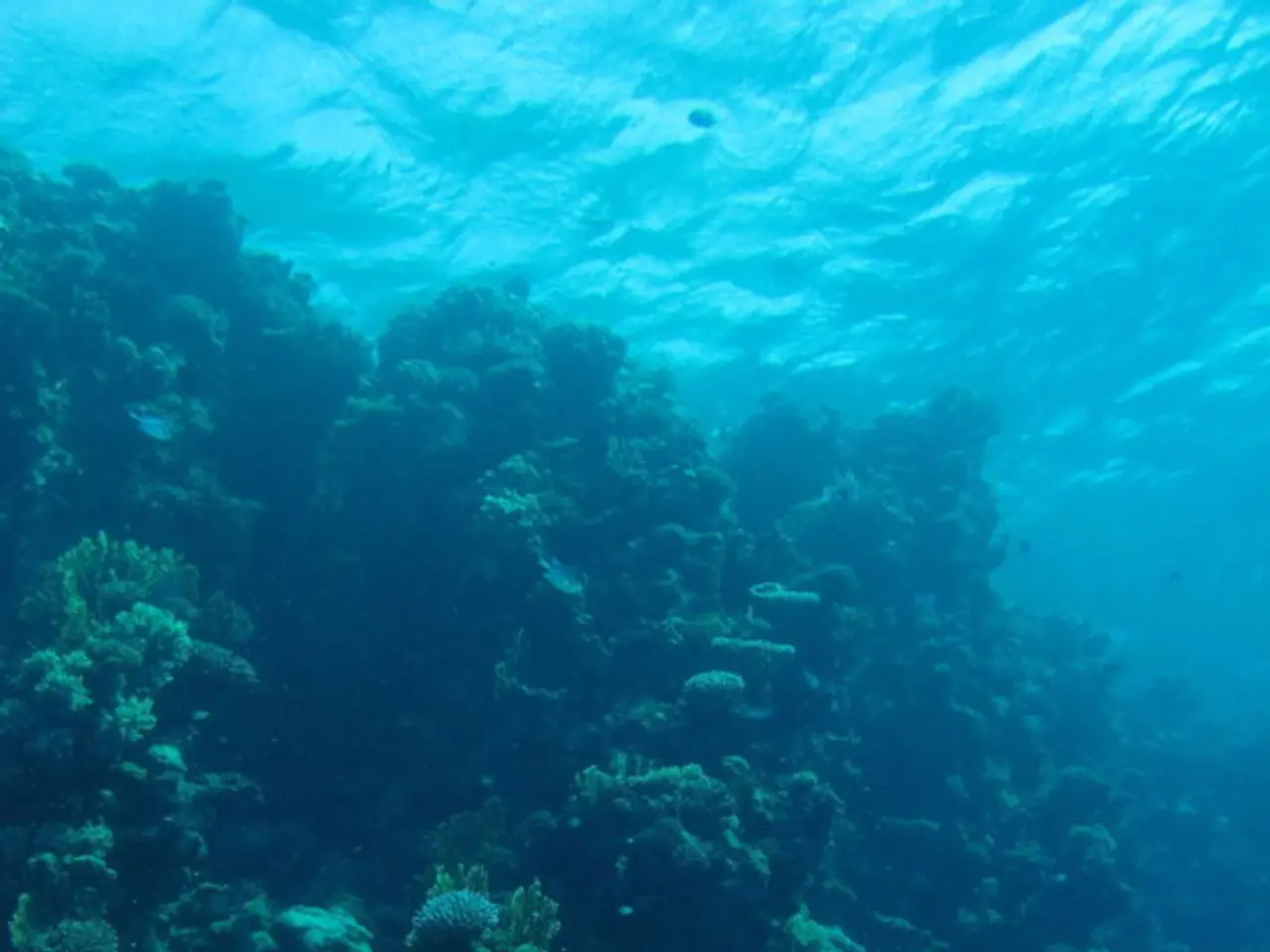Scientists Unearth Locale Holding 27 Million Tons of Plastic Debris
In a groundbreaking study published in the prestigious journal Nature, researchers have discovered that nanoplastics, tiny particles less than one micrometer in size, comprise the dominant fraction of marine plastic pollution in the North Atlantic Ocean. This discovery sheds new light on the impact of plastic pollution on both human health and the ecosystem as a whole.
**Implications for Human Health**
The study reveals that nanoplastics, due to their small size, can penetrate deep into organisms, including humans, potentially causing unknown biological harm. This could lead to systemic effects in the human body as cells more easily ingest and absorb these particles. Humans can be exposed to nanoplastics through various pathways, such as consuming seafood contaminated with these particles or through inhalation of nanoplastics transported through the atmosphere and settling on food surfaces.
**Implications for the Ecosystem**
Nanoplastics pose a significant threat to marine ecosystems, as they can infiltrate all levels of the ocean food chain, affecting everything from bacteria to top predators like fish. This widespread contamination could alter feeding behaviors and potentially disrupt the balance of marine life. The presence of nanoplastics in marine environments can lead to chronic exposure and stress on marine organisms, which might result in long-term ecological impacts such as changes in species distribution, reduced biodiversity, and altered ecosystem services.
Moreover, the fact that nanoplastics are invisible to the naked eye means they have been underestimated in terms of their impact. Their presence reveals a previously hidden form of pollution that is as damaging as larger microplastics and macroplastics, but was not previously accounted for in marine plastic assessments.
**Future Research Needs**
The study provides a real estimate of ocean-polluting nanoplastics, filling a gap in the understanding of the mass budget of this plastic size class. However, further studies are needed to accurately quantify nanoplastic levels in other oceans and to monitor their impacts over time. Research into the specific health effects of nanoplastics on marine life and humans is crucial to understand the full scope of their impact. Developing effective strategies to reduce nanoplastic pollution in marine environments will be essential for mitigating their negative effects on ecosystems and human health.
Sophie ten Hietbrink, a Utrecht graduate student and co-author of the study, collected water samples from 12 locations while working aboard a research vessel. The North Atlantic Ocean hosts approximately 27 million tons of floating plastic particles that are less than 1 micrometer in size. It is possible that these nanoplastics were masked by other molecules in the study, highlighting the need for further investigation.
The researchers from the Royal Netherlands Institute for Sea Research (NIOZ) and Utrecht University hope that their findings will prompt further research into this hidden form of pollution and spur action to address the issue of plastic pollution in our oceans.
- Given the discovery of nanoplastics as the dominant fraction of marine plastic pollution in the North Atlantic Ocean, further research is needed to understand their potential harm to human health.
- The small size of nanoplastics allows them to penetrate deep into organisms, leading to systemic effects that could have unknown biological consequences for humans.
- With nanoplastics infiltrating all levels of the ocean food chain and impacting marine ecosystems, it is crucial to develop effective strategies to reduce their pollution and mitigate their negative effects.
- In terms of environmental science, the prevalence of nanoplastics in the North Atlantic Ocean highlights the need to monitor their impacts over time in other oceans as well.
- The research findings on nanoplastics in marine environments could lead to a better understanding of the full scope of their impact on both human health and the ecosystem, particularly in the context of health-and-wellness and medical-conditions research.




